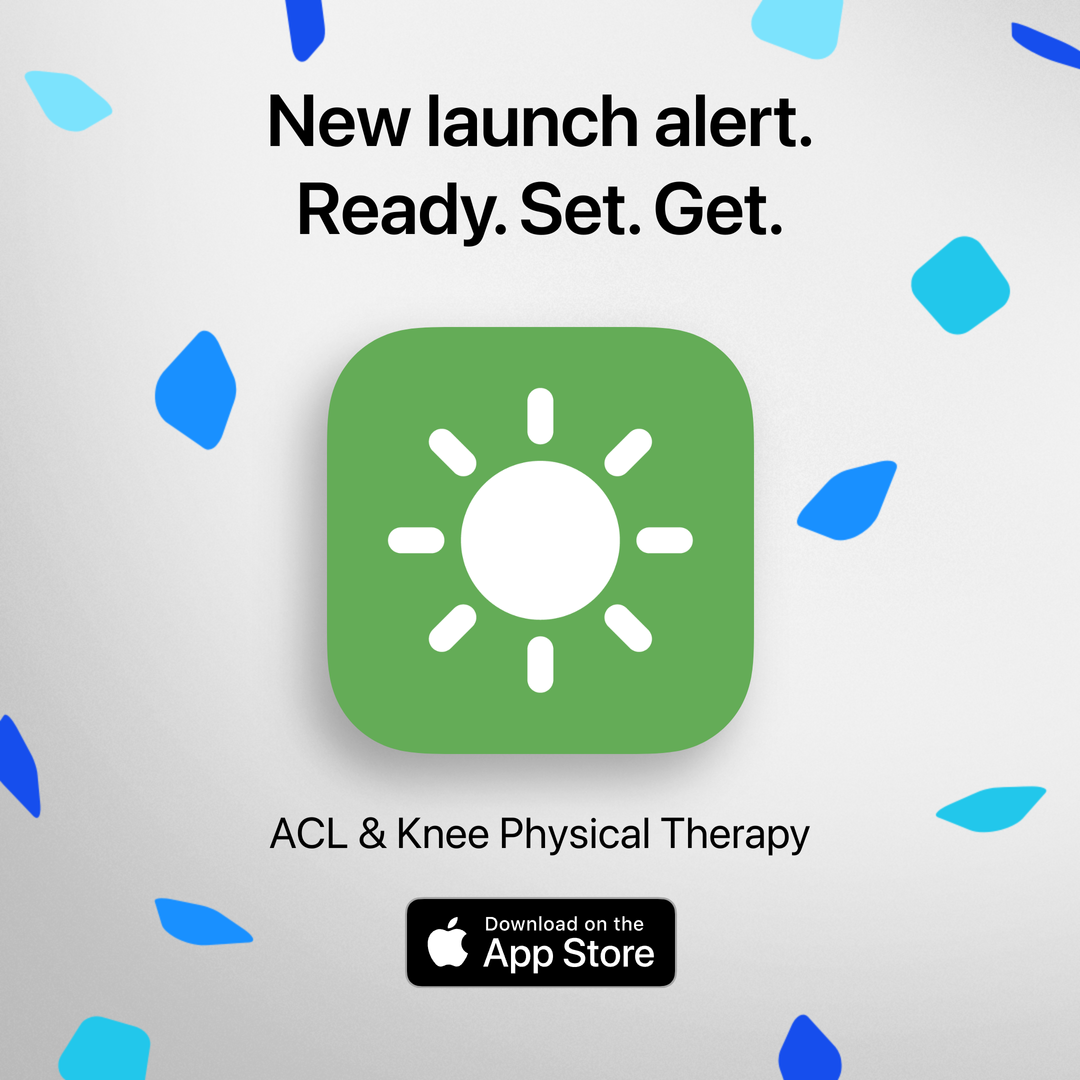Image by Mikolette from Getty Images Signature via Canva
In my last post, I discussed how fear and pain make it challenging to do your exercises after knee surgery. In this blog, we outline two more reasons why people struggle with their rehabilitation exercises after surgery. We also include physical therapy advice to help you overcome these barriers.
Perceived lack of time
Let’s face it: we live in a fast paced society with many personal and professional commitments. These commitments take a toll on the amount of available time for attending physical therapy appointments and doing daily exercises at home. When it comes to doing the things you need to do to recover, a busy daily routine and a perceived lack of time are significant barriers.[1] When people were asked after surgery about why they find it difficult to complete their exercises at home, they mentioned work, holidays, family and social commitments all tend to take precedence over their exercises.[1]
Physical therapy advice
Recovery after ACL surgery is a huge time commitment for 8-12 months. After surgery is when all of the hard work starts. In the first month after surgery, rehabilitation can take 3-4 hours per day. In the later stages it can take at least 1 hour per day. Check out this blog to learn more about ACL Surgery Recovery Time. Keeping an agenda (either on paper or electronic) is a great tool to keep track of all your responsibilities! Make your appointments or at-home exercise sessions a priority by scheduling a block of time during your day, as you would your other important life events! Here are some tips to help:
- Do your exercises at the same time every day
- If there is equipment you need have it in an easily accessible place
- Seeing your list of exercises either on a piece of paper or electronically is a very helpful reminder for you to do your exercises.
If you haven't already, try our ACL, Knee Replacement and Hip Replacement app to help you do your daily exercises.
- Ask friends and family to remind you to do your exercises or to check in on you every few days or weeks
- If you know people who have gone though the same surgery ask their advice or exercise with them Set reminders on your phone to do your daily exercises.
- Most importantly make time for these crucial exercises so that you can return back to your normal physical activity and daily activities.
Lack of availability of equipment
Doing your home exercises often requires some sort of equipment such as exercise bands, light dumbbells, or an exercise ball. When attending physical therapy appointments at a clinic all the necessary equipment is provided and completing the exercises is not an issue. However, when patients are given exercises that require the use of equipment at home, some patients report not having access to the appropriate equipment.[1] As a result, instead of independently completing the exercises, patients opt to wait until they go to see their physical therapist. If you do not have access to the equipment necessary for the exercises given to you by your physical therapist, be sure to tell them so they are able to prescribe exercises that you can do at home.
Physical therapy advice
There is always an alternative that can be provided for most equipment that you do not have at home. You do not have to have access to a gym or any fancy equipment to recover fully after surgery. Ask your physical therapist how you can modify exercises that require equipment. Almost all of the exercises in our ACL, Knee Replacement and Hip Replacement app can be done with no special equipment. Here are some simple examples of things that can be substituted for equipment:
- A folded pillow or couch cushion can be used as a balance disc or balance board for balance exercises
- A water bottle filled with water or sand or rocks can be used as a weight
- A few books can be used to replace a step for step up and down exercises
- A water bottle can be used as a pylon for running drills, clock lunges and squat touch down exercises. All of these exercises are included in our app.
- An office chair with wheels can be used as an exercise ball
- Resistance bands (which can cost $5-15 per band) are a cheap alternative to using cable machines found in gyms and other forms of resistance equipment that you may not have.
Conclusion
Lack of time and available equipment are two barriers that people struggle with when completing their rehabilitation exercises after surgery. This blog included physical therapy advice to help you overcome these barriers. For more information about knee surgery, check out Curovate! Curovate is a rehabilitation app designed for knee replacement, hip replacement and ACL injury. The physical therapy app also includes step by step videos and progress tracking to help you overcome a lack of time and available equipment.
If you need further customized assistance during your surgery or injury recovery check out our Virtual Physical Therapy page to book your 1-on-1 video session with a physical therapist.









